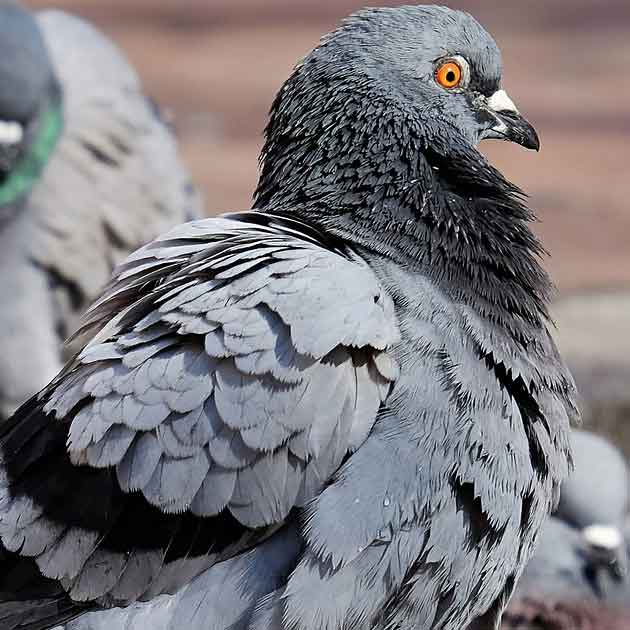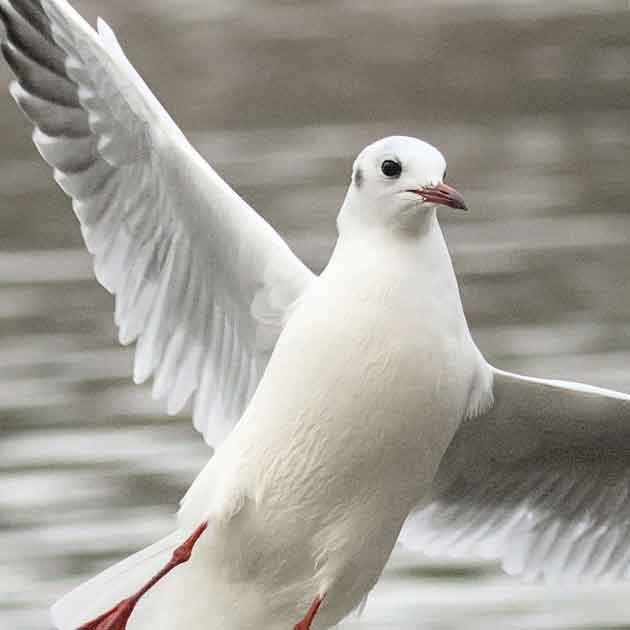Bird migration is a natural phenomenon that catches the attention of bird enthusiasts, researchers, and general nature lovers alike. However, the beauty of this spectacle often masks its potential consequences on man-made structures and commercial activities, particularly in areas like Ontario, where bird migration occurs on a substantial scale. To get a clear picture, we need to explore how bird migration from August through November can negatively impact buildings and commercial activities in Ontario.
Firstly, bird migration can lead to significant building deterioration and maintenance challenges. Migrating birds often seek stopover sites to rest and refuel during their long journeys. City buildings, especially those with flat roofs or ledges, offer such sites. The accumulation of bird droppings on these buildings can cause aesthetic issues and can even accelerate building decay. Bird droppings are acidic, and over time, they can corrode metals and degrade stone or concrete, leading to significant structural damage. Additionally, the large amount of droppings can block gutters and drains, leading to water damage and other associated problems.
Moving onto the commercial aspect, birds can disrupt business operations in various ways. Retail businesses, particularly food-related ones, can be negatively impacted by the presence of a large number of birds. Birds scavenging for food can create unsanitary conditions, potentially jeopardizing a business's reputation and violating health regulations. This can lead to customer dissatisfaction, reduced patronage, and even potential fines from health departments.
Agricultural businesses are also affected. Migrating birds can feed on crops and spoil large quantities of produce, leading to significant economic losses for farmers. This is particularly problematic in Ontario's Niagara region, known for its vineyards and fruit orchards.
But, the potentially biggest and most dangerous impact is felt by the aviation industry during migration periods. The risk of bird strikes significantly increases, resulting in potential flight delays, cancellations, and even accidents. According to Transport Canada, bird strikes cost the Canadian aviation industry millions of dollars each year in aircraft damage and downtime for repairs and inspections.
Despite the significant challenges that bird migration can pose, it is essential to note that birds are a vital part of our ecosystem. Their migration is a natural process that plays an essential role in things like pest control and the pollination of plants. It is important to take measures to mitigate the negative impacts of bird migration on buildings and commercial interests but, any interventions must consider bird welfare and aim to coexist harmoniously with these feathered travelers.
Bird migration in Ontario, while a spectacle of nature, can lead to a host of challenges for buildings and commercial interests. However, with a balanced approach addressing and respecting both human interests and avian welfare, it is possible to mitigate these impacts and coexist harmoniously with the migrating bird population.
Frequent Issues with Commercial and High Rise Buildings
Migrating birds end up in often fatal collisions with reflective surfaces and clear glass. Light pollution in urban centres compounds the problem by causing birds to alter their migration route and draw closer to lit up buildings. The danger a building or façade poses to birds on the move depends on square metres of glass present, the reflectivity and transparency of windows, the abundance of nearby vegetation, and the amount of light emissions after dusk.
During migration seasons, complete a daily morning walk around the perimeter of your building to look for evidence of bird-window collisions. This could be a dead or injured bird, a pile of feathers, a powdered imprint, feathers or bodily fluids on glass, or witnessing a collision yourself. Inspect for and remove any nests or remnants of nesting sites and clean/clear any vents and ducts, particularly on flat roofs. Document your observations to help us determine collision hot spots and propose options to remedy.
Contact Hawkeye Bird & Animal Control to help you assess the impact migration birds have on your business or property and find solutions to benefit both you, and our fine feathered friends.














